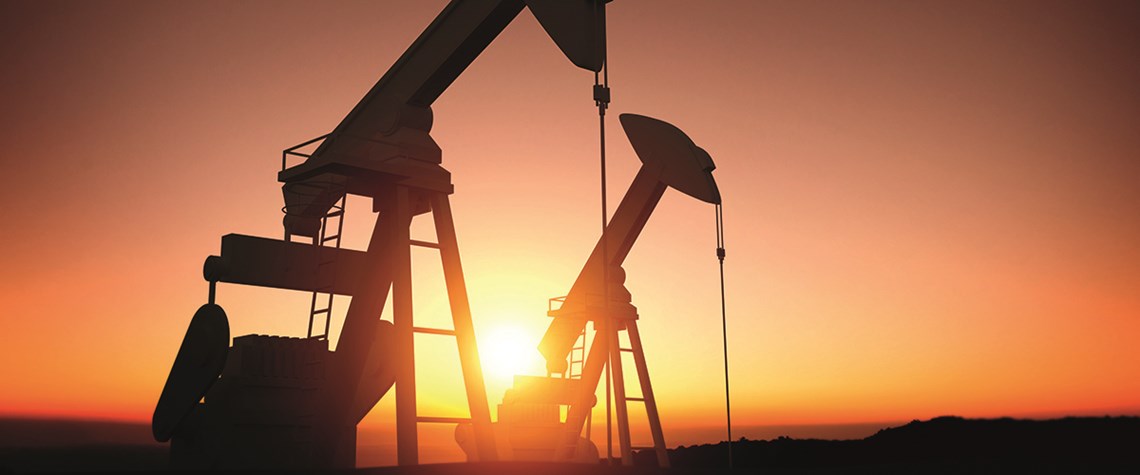Opec and oil market dynamics
Opec's goal of defending high oil prices may suit some members in the short run, but its long-term impacts could be damaging
Since its historic agreement in November 2016, Opec's efforts to manage the oil market have shown signs of success: key benchmarks are in backwardation, speculative positioning has been at record length and a floor price of $60 a barrel has been defended. Strong Opec compliance—both voluntarily (Saudi Arabia) and involuntarily (Venezuela)—has been supported by stronger-than-expected demand growth. By Opec's own measure of success, its target of reducing five-year commercial OECD inventories has been largely met (currently between 30-50m barrels above five-year average). As Opec meets in June to review its progress, it has already signalled its dissatisfaction with using the five-year average

Also in this section
12 December 2025
The latest edition of our annual Outlook publication, titled 'The shape of energy to come: Creating unique pathways and managing shifting alliances', is available now
12 December 2025
The federal government is working with Alberta to improve the country’s access to Asian markets and reduce dependence on the US, but there are challenges to their plans
11 December 2025
The removal of the ban on oil and gas exploration and an overhaul of the system sends all the right messages for energy security, affordability and sustainability
10 December 2025
The economic and environmental cost of the seven-year exploration ban will be felt long after its removal







